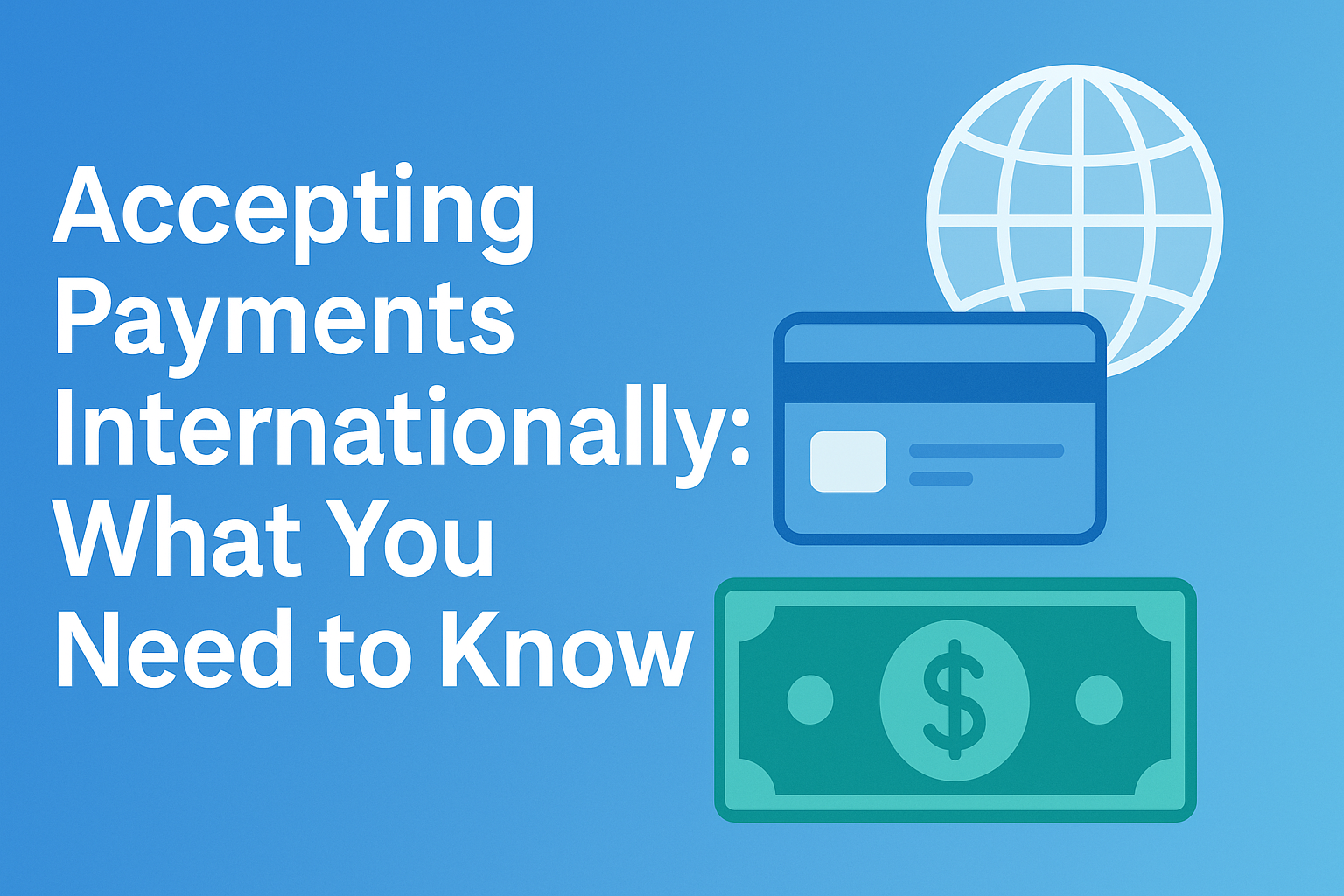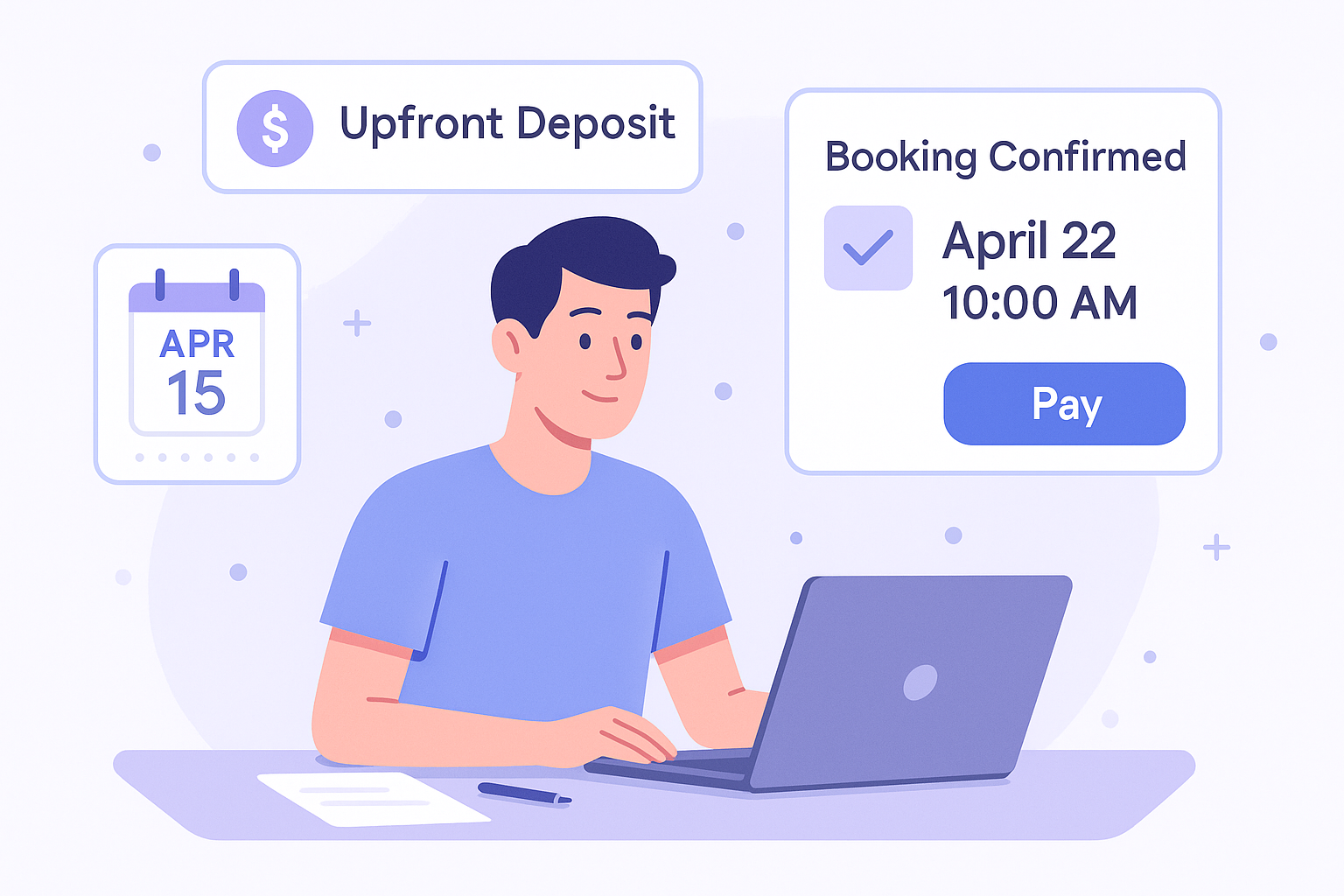


A Freelancer’s Guide to Getting Paid Across Borders Without the Headaches
You’ve landed a client overseas—congrats! But now comes the awkward question: "How do I get paid?"
When you start working with clients across countries, currencies, and time zones, payment becomes more than just sending an invoice. You need the right tools, terms, and systems in place to ensure your money arrives quickly, securely, and with minimal fees.
In this post, we’ll break down:
- The most common international payment methods
- Key issues to watch out for (like fees, currencies, and timing)
- Best practices for smooth cross-border transactions
- How Schemon simplifies international payments for freelancers
Why Accepting International Payments Matters
As a freelancer, your market isn't limited to your city or country. You can—and should—work with clients globally. But every country has different:
- Banking systems
- Currency regulations
- Client expectations
And if you’re not prepared, you could lose time, money, or trust.
Freelancers who offer clear, simple international payment options often get hired faster—they’re easier to work with.
Common International Payment Methods for Freelancers
Let’s explore the most popular options—along with their pros and cons.
1. Wise (formerly TransferWise)
Pros:
- Low fees
- Transparent exchange rates
- Great for direct bank-to-bank transfers
Cons:
- Both sender and recipient need accounts
- Not all countries supported for sending/receiving
2. PayPal
Pros:
- Global recognition
- Easy to use for both parties
- Fast transfers
Cons:
- High fees (up to 5% with currency conversions)
- Limited buyer protection for services
- Can freeze accounts during disputes
3. Stripe / Stripe Connect
Pros:
- Great for recurring billing or productized services
- Embedded in many freelance platforms
- Multi-currency support
Cons:
- Setup can be technical for some freelancers
- Payout delays in certain countries
4. Direct Bank Transfers (SWIFT / IBAN)
Pros:
- Ideal for large sums
- Works with most global banks
Cons:
- Expensive fees
- Can take 3–5 business days
- Requires precise client instructions
5. Freelance Platforms (Upwork, Fiverr, etc.)
Pros:
- Built-in payment processing
- Guaranteed payments (in escrow)
Cons:
- High commission fees (up to 20%)
- Less control over client communication
- Can't build long-term independent client base
Key Considerations When Accepting Global Payments
Before you choose a method, here’s what you need to think about:
1- Currency Conversion Fees
Some platforms charge hidden fees when converting currency. Always compare the mid-market rate to what your client is sending.
2- Client Convenience
Your client may not want to create new accounts or struggle with international banking. Make it simple and familiar for them.
As Schemon is a premium platform that just does this, your client can book your services and pay you online—without ever asking “How do I send the money?”
3- Transfer Speed
Bank transfers can take 3–5 days. Platforms like PayPal are faster, but you’ll pay for the convenience.
Choose based on urgency and amount.
4- Tax Implications
Receiving international payments may trigger different tax reporting requirements.
Use tools or accountants to track:
- Income by currency/country
- PayPal or Stripe 1099s (if in the U.S.)
- VAT/GST if applicable in your country
5- Refund or Dispute Policies
Some platforms favor the sender in disputes. Always use clear contracts and timestamped proof of delivery (Schemon helps with this too).
How Schemon Makes International Payments Easy for Freelancers
Schemon was designed to help modern freelancers:
- Sell services
- Get paid
- Communicate professionally
- Share deliverables
- Run a global business seamlessly
With Schemon, you get a branded booking and payment page that:
- Accepts payments internationally
- Supports credit/debit cards
- Converts currencies as needed
- Instantly confirms transactions
- Ties payments to your projects and deliverables
You get payment transparency, security, and less client confusion—without needing 3 different tools.
Best Practices for Smooth Global Payments
Here’s how to set yourself up for success:
1. List Your Accepted Payment Methods
Add this to your proposals, website, and onboarding messages.
Example: “I accept international payments via Schemon (credit/debit), Wise, or PayPal.”
2. Use Clear, Fixed Pricing
If working in USD or EUR, say so upfront. Include conversion info if needed.
Example: “Rate: $500 USD. Your bank may convert to your local currency upon payment.”
3. Request Payment in Advance or Milestones
Protect yourself by:
- Asking for a deposit before starting
- Using milestones for larger projects
Schemon supports both single and staged payments—ideal for project phases.
4. Send Professional Invoices or Booking Pages
A link is easier than a PDF. And with Schemon, your client sees your brand, pricing, timeline, and a “Book & Pay” button.
5. Track Everything
Use spreadsheets or integrations to log:
- Amounts received
- Currency
- Client country
- Method used
This helps with taxes and income analysis.
Final Thoughts: Go Global, Stay Simple
Freelancing across borders shouldn't mean headaches. With the right tools and a clear process, you can get paid faster, easier, and with full control.
To recap:
- Choose the right payment methods
- Make it convenient for your client
- Be transparent about pricing and currency
- Use a platform that handles the complexity for you
“As Schemon is a premium platform that just does this, you spend less time figuring out payment logistics—and more time doing what you love.”
Ready to simplify international payments?
Set up your free Schemon profile and start accepting payments globally with less hassle.
👉 Try it now →











